The check engine light is one of the most important warning lights on your car. It means there’s something wrong that needs to be fixed, and if you ignore it, you could end up with a much bigger problem. In this post, we’re going to explain what the check engine light means, what can cause it to turn on, and how you can fix it.
What does the check engine light mean?
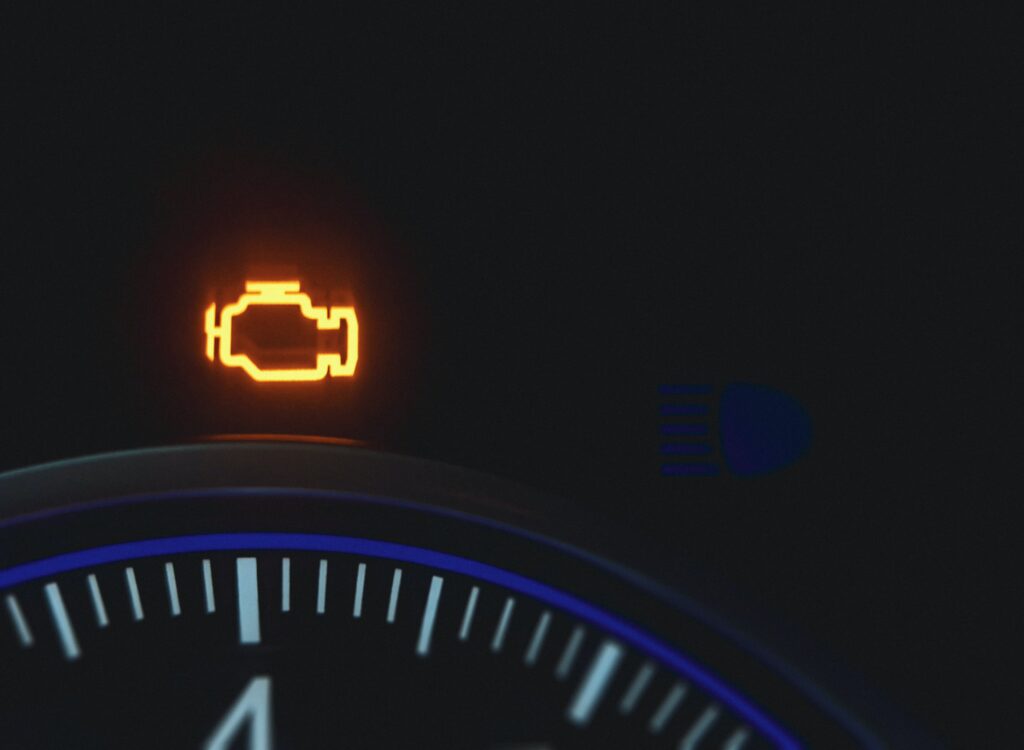
The check engine light is one of the most important lamps on your vehicle’s dashboard. It comes on when the vehicle’s computer detects an issue with the engine or emission control system.
GAIN MORE CONTROL OF YOUR CAR WITH THE CARLY FEATURES
Check the exact pricing of Carly for your car brand!

Fast International Shipping with DHL

14 days adaptor return policy

Excellent customer support

Lifetime warranty in the hardware
SEEN IN







When this happens, it is important to have the vehicle checked with your OBD2 scanner or by a professional as soon as possible. The check engine light will stay on until the problem is fixed.
Furthermore, ignoring the check engine light can lead to further damage and may void your warranty. If you see the check engine light, be sure to bring your vehicle to a trusted mechanic for diagnosis and repair.
5 common causes of the check engine light
There are many reasons why the check engine light may come on, such as a faulty oxygen sensor or a loose fuel cap. However, it is important to note that the check engine light can also come on for less serious reasons, such as a dirty air filter. Regardless of the reason, it is always best to have the engine checked as soon as the light comes on. Ignoring the check engine light could lead to more serious problems down the road.
1. Faulty oxygen sensor
The most common cause is a problem with the oxygen sensor. The oxygen sensor is responsible for measuring the amount of oxygen in the exhaust gas. If it isn’t working properly, it can cause the check engine light to come on.
2. Catalytic converter problems
The catalytic converter is responsible for converting harmful pollutants in the exhaust gas into harmless gases. If it isn’t working properly, it can cause the check engine light to come on.
3. Loose gas cap
A loose gas cap can cause the check engine light to come on. It can also cause your car to waste gasoline and emit harmful fumes.
4. Dirty air filter
A dirty air filter can restrict the flow of air to the engine, causing the check engine light to come on.
5. Engine misfire
An engine misfire can cause the check engine light to come on. It can also damage the catalytic converter and cause your car to waste gasoline.
Most common repairs for check engine light
The check engine light can come on for a variety of reasons, so the repairs will vary depending on the cause. However, some of the most common repairs include:
1. Replacing the oxygen sensor
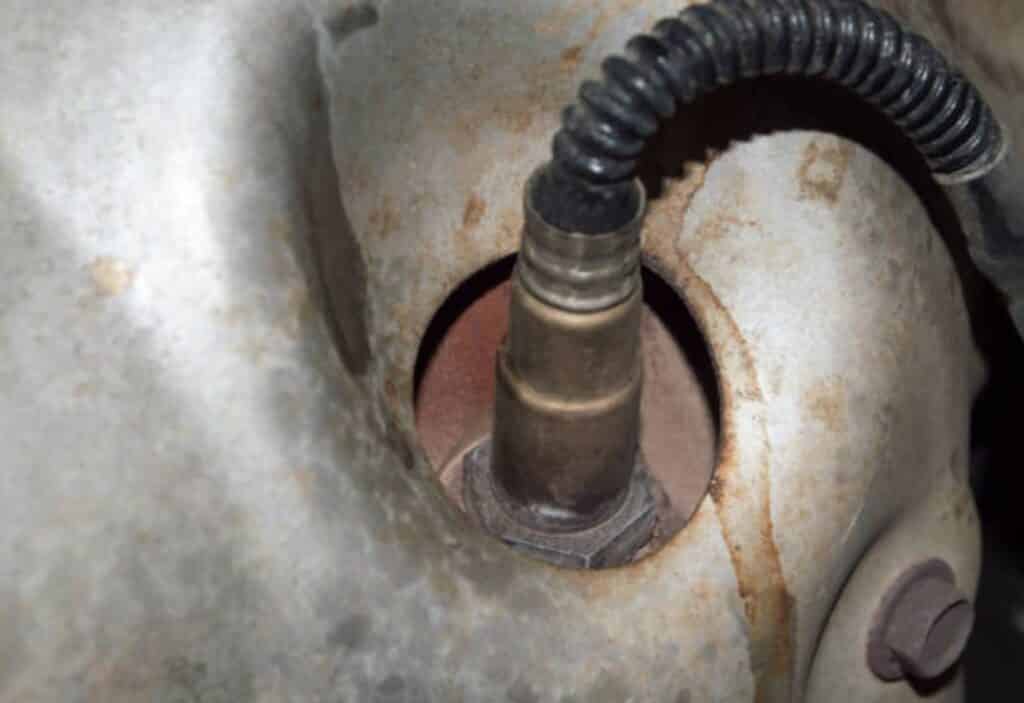
Replacing the oxygen sensor is a relatively simple task that you can do yourself, and it can save you money by avoiding the need for a mechanic. Here’s how to replace the oxygen sensor in your vehicle:
First, locate the oxygen sensor. It will be located near the exhaust manifold and will have a wire connected to it. Next, disconnect the wire from the oxygen sensor. You may need to use a wrench to loosen the connection.
Once the wire is disconnected, you can remove the old oxygen sensor. Screw in the new oxygen sensor in its place, and hand-tighten it to secure it.
Finally, reconnect the wire to the new oxygen sensor. Start your vehicle’s engine to check that the new sensor is working properly. If everything looks good, you’re all set!
2. Replacing the catalytic converter
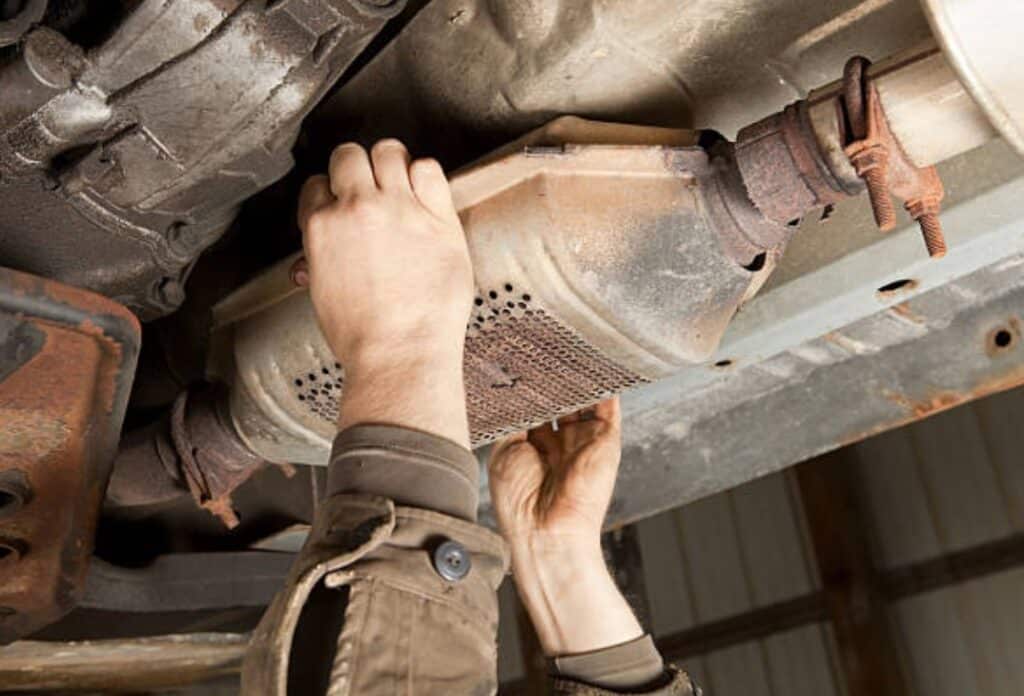
Replacing the catalytic converter is a relatively straightforward process, but it’s important to consult with a professional to ensure that it’s done correctly.
In most cases, the old converter will need to be removed and a new one will need to be installed in its place. This process can vary depending on the make and model of your vehicle, so it’s important to consult with a specialist to ensure that it’s done properly. With proper care, your new catalytic converter should last for many years.
3. Tightening the gas cap
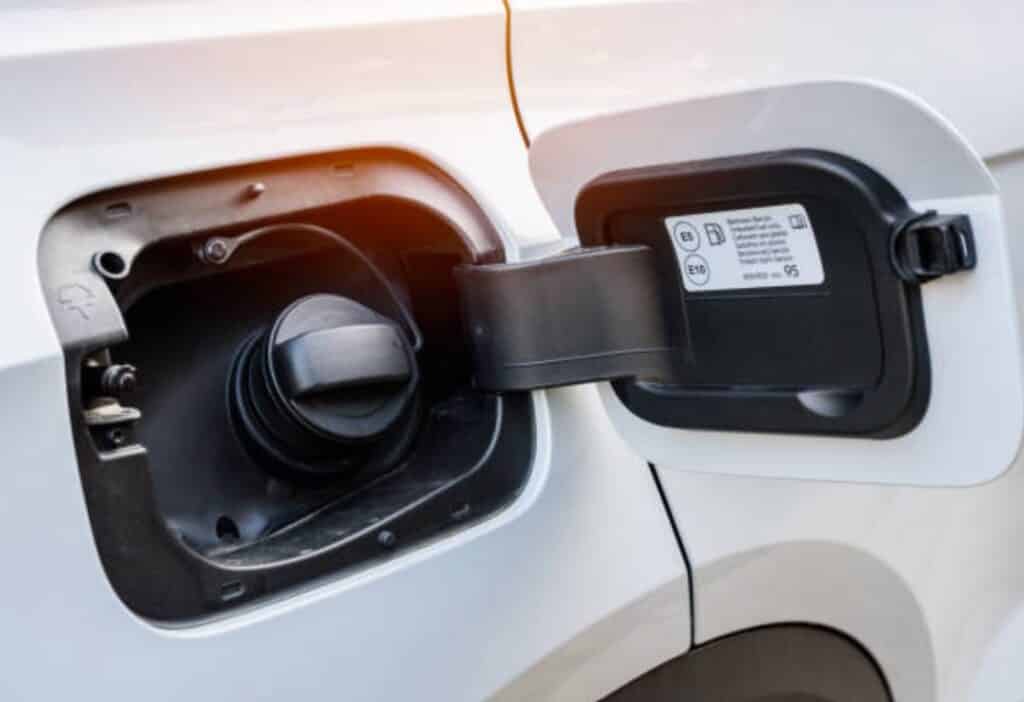
A loose gas cap can cause your check engine light to come on, and it can also lead to fuel evaporation. However, tightening the gas cap is a simple fix that you can do yourself.
Simply unscrew the cap until you feel resistance, then screw it back on until it’s snug. You’ll know it’s tight enough when you can’t turn it any further without using too much force. Once you’ve tightened the gas cap, you can rest assured that your vehicle is running as efficiently as possible.
4. Replacing the air filter
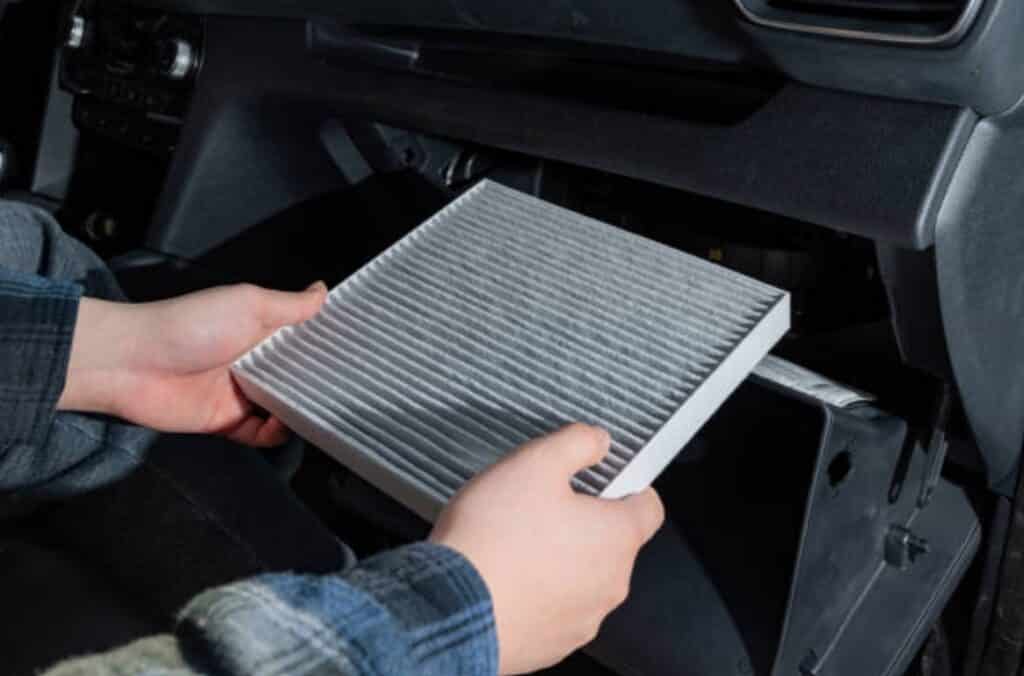
Replacing the air filter is a relatively simple task that can be done in just a few minutes. It is usually located near the front of the vehicle, close to the engine.
Open the housing and remove the old air filter. Be sure to check for any debris or debris buildup in the housing before installing the new filter. Then, simply insert the new filter and close up the housing.
Repairing or replacing the engine misfire
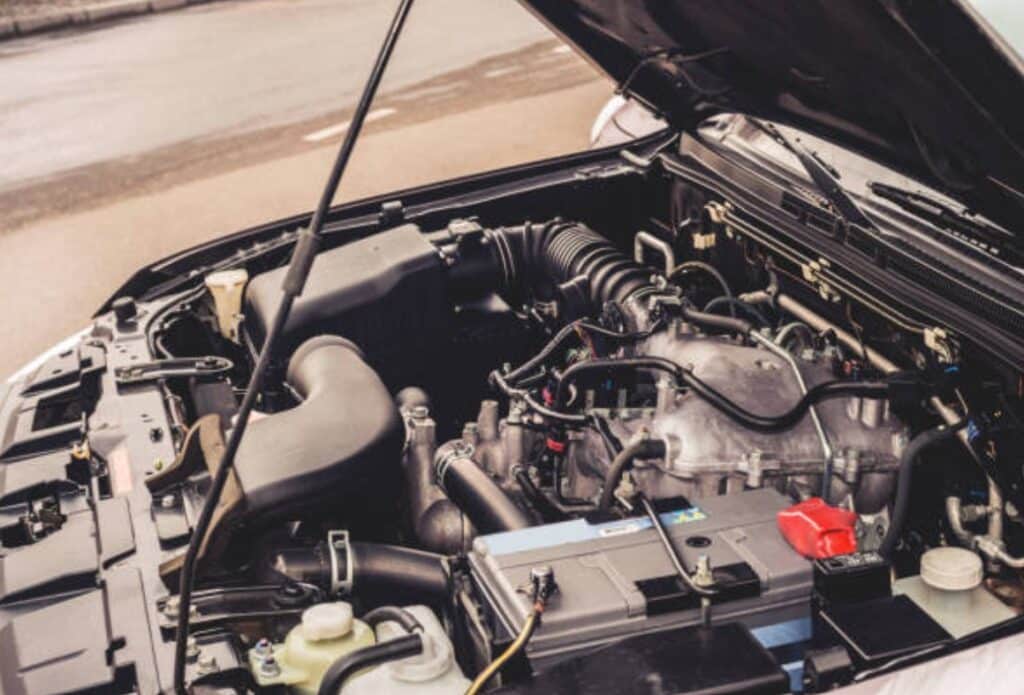
While this can be a serious problem, it’s often something that you can fix yourself. The first step is to identify the cause of the misfire. There are a number of potential causes, including a dirty air filter, spark plugs, or fuel injectors. Once you’ve identified the cause, you can take steps to fix it.
For example, if the problem is a dirty air filter, you can simply replace it with a new one. If the problem is with your spark plugs, you may need to clean them or replace them entirely. In some cases, you may need to take your vehicle to a mechanic for further diagnosis and repairs. However, in many cases, you can fix an engine misfire yourself with a little time and effort.
How to find the cause of the check engine light on your car?
If the check engine light is on in your car, don’t panic! There are a number of potential causes, and some of them are easy to fix yourself. The first step is to find the cause of the problem.
The Carly OBD2 scanner can help you do that quickly and easily. With just a few taps on your smartphone, you can check for common causes of the check engine light and get expert advice on what to do next.
All you have to do is plug the OBD2 scanner to your OBD2 port. Next, open the Carly app on your phone and pair it to the scanner via Bluetooth. Finally, you will be able to read out all of your car’s fault codes and understand the cause and the repairs that your vehicle needs. In a few minutes, you will know what caused your check engine light to turn on!

